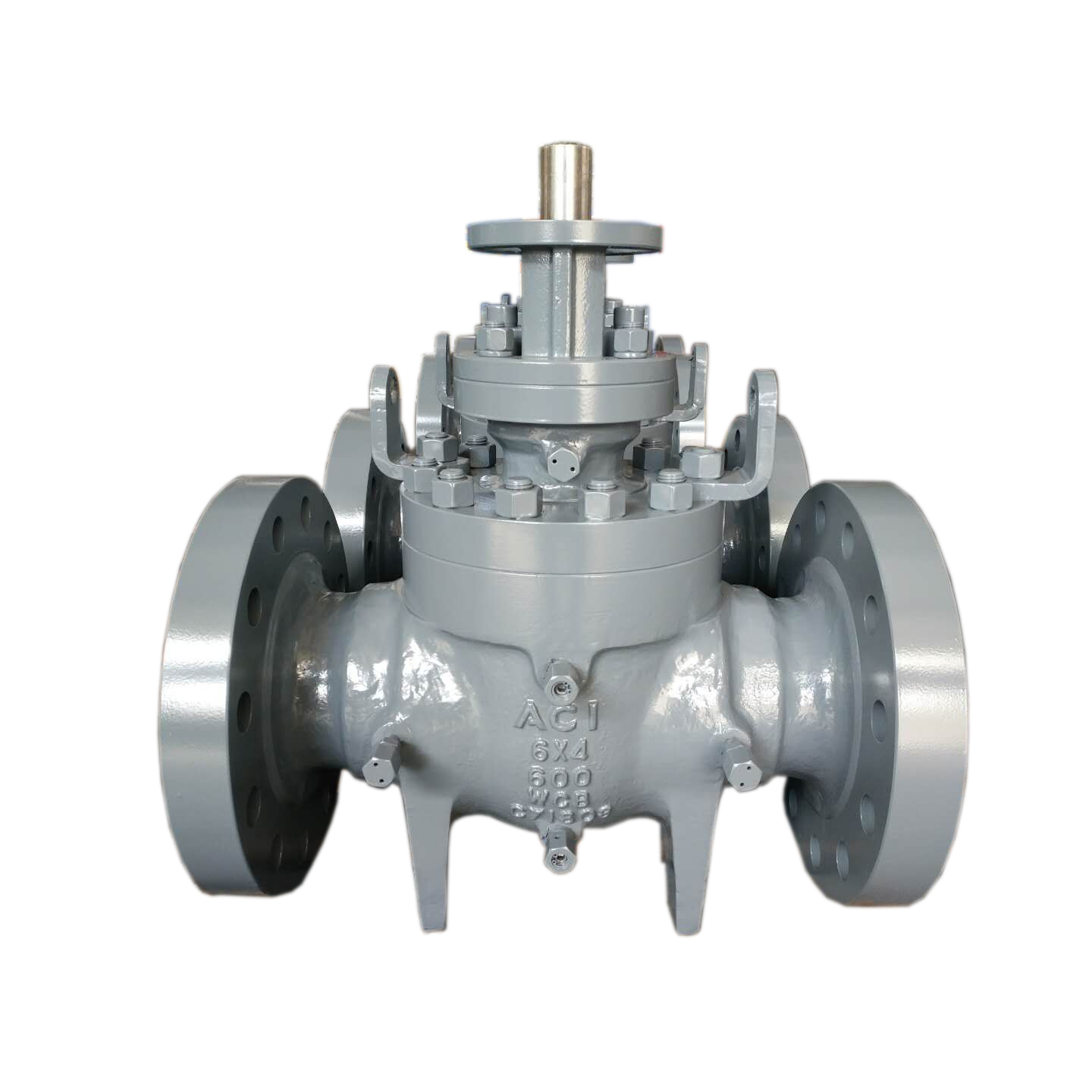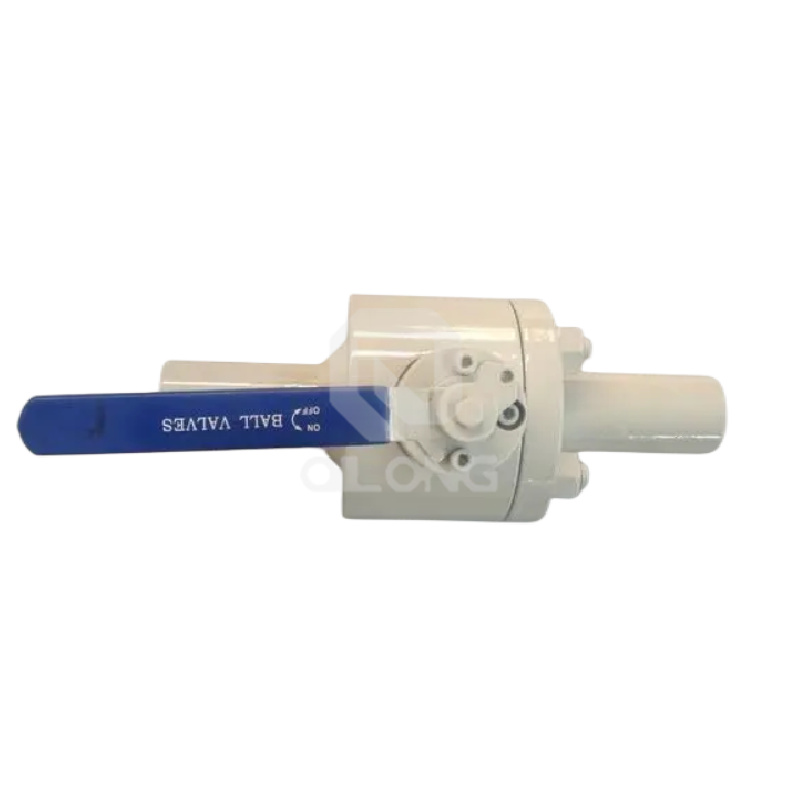Welcome to 321 Launch, a weekly newsletter that focuses on space-related happenings in Florida and beyond.
Note: We've brought you a front-row seat to rocket launches from Florida since 1966. Journalism like our space coverage takes time and resources. Please consider a subscription to stay up-to-date on Florida space news and launches. Brass Ball Valve

Everything is finally coming together for the first launch of NASA's mega moon rocket, now slated for the first half of next year.
Teams at Kennedy Space Center last week put the finishing touches on the Space Launch System rocket with the completion of "stacking," a process that mates hardware from bottom-to-top in the Vehicle Assembly Building. The Orion capsule now secured atop the upper stage pushes SLS' height to 322 feet.
"It's a heck of a sight and it's really nice to see," Mike Bolger, manager of KSC's Exploration Ground Systems, told reporters Friday. "I'm really, really looking forward to the first day when we roll out of the VAB to the launch pad and see it in all its magnificence because it's a heck of a rocket and Orion's a heck of a spacecraft."
SLS and its Orion capsule are the vehicles chosen to take NASA astronauts back to the moon no earlier than 2024, a program known as Artemis. It begins with Artemis I, an uncrewed mission that will see Orion fly around the moon before returning to Earth for splashdown.
The successful stacking sets SLS on track to launch that mission no earlier than Feb. 12, the opening of a roughly two-week window at pad 39B. If teams are ready that day, a 21-minute window opens at 5:56 p.m. ET.
Boeing won't be ready to launch a re-do demonstration mission of its troubled Starliner capsule until later next year due to ongoing technical investigations, company and NASA officials confirmed during an update last week.
Teams are still investigating how exactly moisture found its way into the capsule's service module ahead of a planned launch in August, which combined with oxidizer to make corrosion-causing nitric acid. The process led to 13 of 24 valves in the service module becoming "stuck" and ultimately scrubbed the liftoff atop an Atlas V rocket from Cape Canaveral Space Force Station.
Significant storms rolled through the Space Coast around the planned launch time, but the investigation so far shows the source of moisture most likely wasn't rainwater. Instead, Florida humidity may have played a role.
L3Harris Technologies Inc. has been selected by NASA to work on new technology designed to significantly improve the accuracy and timeliness of U.S. forecasting of hurricanes and other severe weather.
The Melbourne-based company will test and evaluate an advanced concept for satellite weather sensors — called "sounders" — that measure temperature and water vapor for the U.S. National Oceanic and Atmospheric Administration. The weather prediction modeling study begins this month.
NASA also selected another high-tech company — Colorado-based Ball Aerospace — to perform similar work. Then, the space agency will name one of the two companies to do the production work.
Harris said the current sounder development contract is valued at $8 million, and the production contract will be valued at "much more" than that.

V Notch Ball Valve A 25+ year veteran of FLORIDA TODAY, John McCarthy currently oversees the space team and special projects. Support quality local journalism by subscribing to FLORIDA TODAY. You can contact McCarthy at 321-752-5018 or jmccarthy@floridatoday.com.